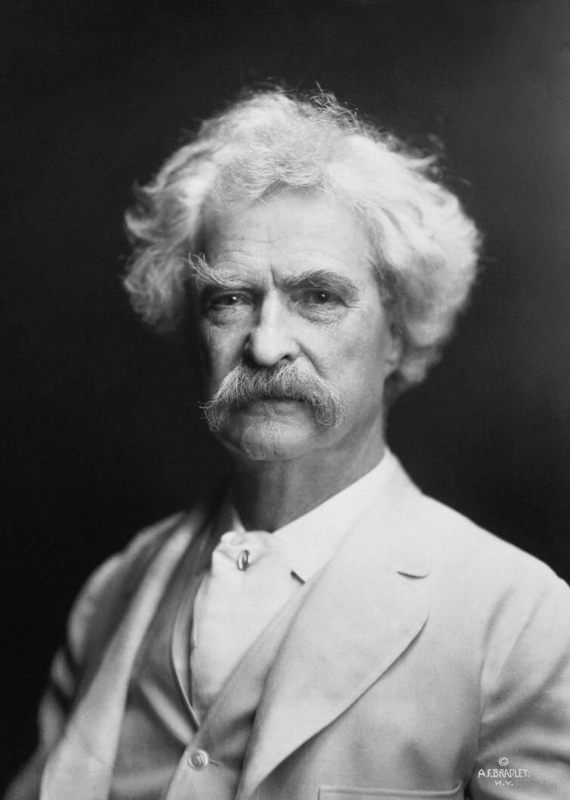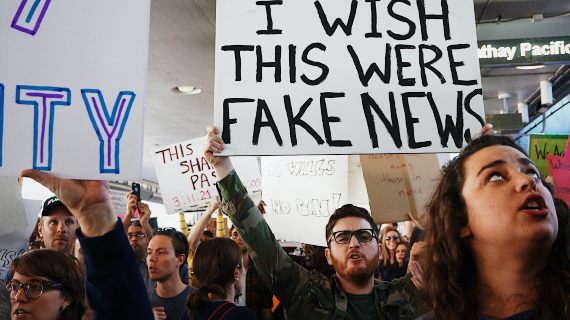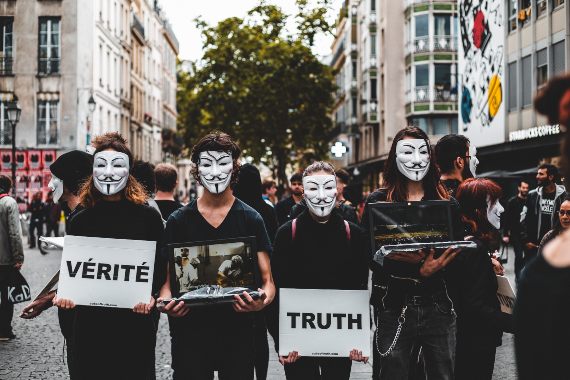A weapon in the political fray, the so-called post-truth is used chiefly to distort reality, but it also seems to relegate, snub, and overlook it: the truth doesn’t matter; what matters is the end result. The craze for the post-truth, which seems to have been exacerbated by the coronavirus pandemic, can be viewed from various angles: from ethics, philosophy, psychology, neuroscience, etc. But, all of us also have a vested interest and can use our critical reasoning to look through the lens. The extent to which the truth has been corrupted — as much as how much fraud has permeated society — can be initially surprising.
Indeed, the success of the post-truth agenda is assured by its vast contingent of cohorts and true believers throughout society with numbers so large that they threaten to overshadow those more contemplative thinkers who, although having their own goals that they nurture, aspire to objectivity and certainly do not want to be used as pawns. Chicanery indisputably employes an evident hospitality. It is worth recalling Mark Twain: “It’s easier to fool people than it is to convince them that they have been fooled.”

There are certainly so many members of society who, because of their vulnerability or excessive receptivity, contribute to the success of the post-truth program that here we have to call special attention to a carefully devised emotional and cognitive ruse, reaching a high degree of post-truth mastery (without excluding the crass, awkward, and gross wordings that are also sometimes deployed.) When this perversion materializes — below we examine the associated mechanics — it presents a challenge to the critical thinking within society, which is revealed to be inadequate.
A probing exploration of the post-truth
Those who create and spread post-truths — whether politicians or mouthpieces for sympathetic media outlets — make every effort to prepare the script so that is serves their purposes: they falsify facts, misrepresent statements, build upon previously circulated rumors, twist arguments, slip in duplicitous suggestions, conceive inferential stunts, forage for opportunities to uncover errors or weaknesses, reduce complexity to spurious conundrums, propose biased analogies, spread tangential conclusions, contrive with extrapolations, concoct accusations, alter the significance of details, arrive at false conclusions, construct convenient accounts, insist on already debunked versions, etc.
All of these tactics form part of the artifice, as do the falsification of concepts and values, the smokescreen, the amalgamation of criticism of topics, interrogating as a herd, the defamation and disrepute of opponents, spreading self-serving memes, emotional ambushing, the clinical sidestepping of accountability. Yes, perhaps the most important is the synergistic and tightly choreographed performance across different fronts; in this performance, unscrupulous politicians emerge, as do reporters and analysts from like-minded media outlets, and the messengers on the ground, spreading the word across social media (also contributing various and perverse misinformation).

When speaking about the post-truth, we are talking about a well-oiled and embellished deception focused on winning over recruits, even militants for the cause. A revealing example: we see demonstrators in the streets who, when asked about their motives or concerns, express inconsistent, far-fetched arguments that are difficult to rationally sustain. But, what is being revealed to be more disturbing and worrisome — truly alarming — is the explosive output of the post-truth and hate being expressed by a growing number of citizens.
Post-truth and hatred, a vicious circle
Post-truths generate hatred, and hatred generates more post-truths (and misinformation): a cycle that is not expected to lose momentum with the pandemic that has marked 2020. Spanish playwright, screenwriter, and director Jacinto Benavente said that “sharing a common hatred unites men more strongly than a common love.” Faced with such manipulation, we could equally turn to other thinkers like Machiavelli or Baltasar Gracián, but we don’t need further citations: we know very well that hate and envy form part of the national landscapes (in the plural), without excluding other elements such as greed, slander, and arrogance, all of which can be perceived in the scene we look upon.

It seems urgent — and it certainly is critical, yes — that the truth recovers its value to which, we as citizens, must subject our thoughts. There will continue to be unscrupulous politicians and public personalities, and they will continue to spread misinformation in social media, but we should all cultivate a refined sense of reasoning. We should nurture cognitive rigor for the benefit of our personal and professional decisions, as well as in defense of the truth and even in our very self-defense, threatened as we are by the outpouring of post-truth agendas.
Critical thinking, coming to the rescue of truth
To conclude these reflections on the post-truth, it can be said that confronting it will require a good dose of proper critical thinking and let’s not forget a strong will to overcome a certain sense of widespread apathy. Nevertheless, the answer is not to respond to the post-truth with a counter-post-truth, rather that each of us, motu proprio (of our own volition), choose to respect the truth, doing so in the need for harmony with human being’s moral commitment, regardless of political leanings and free from alienation.
As we know, the critical thinker — presented by the experts as intellectually virtuous — shows him or herself to be subordinate to reason and truth. He or she demonstrates humility, self-reliance, fortitude, perseverance, impartiality, integrity, and respect for others. More specifically, we are told that critical thinkers are open-minded, that their reasoning is reliable, they aptly inform themselves (without limiting themselves to information that furthers their positions or promotes their interests). They display acuity as they delve into topics; they question things, being sure before drawing conclusions that they evaluate proposals and arguments with exactitude, minding their inferences and judgements. No, critical thinkers are not infallible, but the post-truth stumbles when it crosses their path.
José Enebral Fernández
Comments on this publication